Dances in El Salvador Heritage: A Symphony of National and Regional Rhythms
Introduction:
El Salvador, nestled in the heart of Central America, is a country with a cultural heritage as diverse as its landscapes. The nation’s dances, both national and regional, serve as vibrant expressions of its history, blending indigenous roots with influences from Spanish colonization and African traditions. From the spirited Salvadoran Cumbia to the symbolic and ritualistic expressions of indigenous dances, this exploration aims to unravel the intricacies of El Salvador’s national and regional dances, delving into their origins, characteristics, and cultural significance.
I. National Dances:
1.1 Salvadoran Cumbia: Energetic Fusion of Cultures
Salvadoran Cumbia, often considered the national dance of El Salvador, is a lively and energetic expression of the country’s multicultural influences. Originating from the fusion of indigenous, European, and African dance traditions, Salvadoran Cumbia is characterized by fast footwork, vibrant costumes, and the infectious rhythm of drums and maracas. The dance serves as a celebration of Salvadoran identity and unity, reflecting the country’s rich cultural tapestry.
1.2 El Corrido Salvadoreño: Narrative Ballad in Motion
El Corrido Salvadoreño, a dance form rooted in narrative ballads, is a poignant expression of Salvadoran history and identity. Accompanied by traditional instruments such as guitars and violins, this dance style often tells stories of historical events, social struggles, or personal experiences. El Corrido Salvadoreño serves as a living archive, preserving and transmitting the collective memory of the Salvadoran people through dance.
II. Regional Dances:
2.1 Dance of the Talciguines: Ritualistic Traditions in Zacatecoluca
The Dance of the Talciguines, originating in Zacatecoluca, is a unique and ritualistic dance that blends indigenous and Spanish influences. Performers don intricate masks and costumes resembling devils or mythical creatures, creating a visually striking spectacle. The dance is often associated with religious festivities and serves as a form of cultural preservation, reflecting the syncretic nature of Salvadoran traditions.
2.2 Xuc, Xuc, El Torito Pinto: Celebrating Rural Life in Ahuachapán
Xuc, Xuc, El Torito Pinto is a traditional dance from Ahuachapán that celebrates rural life and agricultural traditions. Dancers, adorned in colorful costumes resembling bulls, move rhythmically to the beat of drums and other traditional instruments. The dance symbolizes the importance of agriculture in Salvadoran culture and is often performed during local festivals and celebrations.
2.3 Danza de las Flores: Floral Elegance in Sonsonate
Danza de las Flores, originating in Sonsonate, is a graceful dance that pays homage to the beauty of nature. Dancers, dressed in elaborate floral costumes, execute choreographed movements reminiscent of blooming flowers. This dance is a visual celebration of the country’s flora and fauna, showcasing the connection between Salvadorans and their natural surroundings.
2.4 La Chanchona: Musical Heritage in Usulután
La Chanchona is not just a dance but a musical tradition deeply rooted in the department of Usulután. Dancers move to the lively tunes of the chanchona, a traditional ensemble featuring instruments like marimbas, drums, and brass. This dance form is a celebration of Salvadoran musical heritage, reflecting the resilience and creativity of communities in Usulután.
2.5 Chalatenango: Indigenous Roots in the Danza de los Historiantes
The Danza de los Historiantes in Chalatenango is a dance deeply tied to indigenous traditions and historical storytelling. Dancers, wearing elaborate costumes and masks, reenact historical events or legends through stylized movements. The dance serves as a cultural preservation of Chalatenango’s indigenous roots, keeping alive the narratives that define the region’s identity.
III. Characteristics of Salvadoran Dances:
3.1 Cultural Syncretism: Fusion of Influences
Salvadoran dances are characterized by a rich tapestry of cultural influences, representing the fusion of indigenous, European, and African traditions. The energetic footwork of Salvadoran Cumbia, the ritualistic elements of the Dance of the Talciguines, and the historical narratives in El Corrido Salvadoreño showcase the syncretic nature of Salvadoran culture.
3.2 Ritualistic and Symbolic Elements: Cultural Narratives in Motion
Many Salvadoran dances feature ritualistic and symbolic elements that convey cultural narratives and historical significance. The Dance of the Talciguines, with its mythical masks, embodies ritualistic traditions, while the Danza de los Historiantes in Chalatenango symbolizes the preservation of indigenous stories through dance.
3.3 Colorful Costumes: Visual Expressions of Identity
Traditional attire plays a significant role in Salvadoran dances, contributing to the visual splendor of each performance. The vibrant costumes of the Dance of the Talciguines, the floral elegance in Danza de las Flores, and the bull-inspired outfits in Xuc, Xuc, El Torito Pinto all add to the visual richness, reflecting the cultural nuances of different regions in El Salvador.
3.4 Communal Celebrations: Shared Identity and Joy
Salvadoran dances often involve communal celebrations, fostering a sense of shared identity and joy within communities. Whether in the lively festivities of Salvadoran Cumbia, the ritualistic traditions of the Dance of the Talciguines, or the historical storytelling in El Corrido Salvadoreño, these dances strengthen the bonds within communities, making them integral to Salvadoran social and cultural life.
3.5 Musical Diversity: Beats that Echo Through Generations
The diversity of traditional instruments and musical styles is a distinctive feature of Salvadoran dances. From the drumming and maracas in Salvadoran Cumbia to the chanchona ensemble in La Chanchona, the dances showcase the rich musical heritage that accompanies the rhythmic narratives of El Salvador.
IV. Influences and Evolution:
4.1 Preservation of Indigenous Traditions: Cultural Resilience
Salvadoran dances, such as the Dance of the Talciguines and the Danza de los Historiantes, serve as means of preserving indigenous traditions and cultural practices. These dances are manifestations of cultural resilience, connecting contemporary Salvadorans with their ancestral roots and heritage.
4.2 Afro-Salvadoran Legacy: Celebrating Diversity
Salvadoran dances also celebrate the country’s Afro-Salvadoran legacy, evident in the rhythmic energy of Salvadoran Cumbia and other traditional dances. These dances stand as celebrations of diversity, showcasing the contributions and cultural expressions of Afro-Salvadoran communities.
4.3 Contemporary Adaptations: Innovation in Dance
While deeply rooted in tradition, Salvadoran dances continue to evolve with contemporary influences. The incorporation of modern dance elements, innovative choreography, and the exploration of diverse musical genres contribute to the ongoing innovation within Salvadoran dance culture, ensuring its continued relevance for new generations.
4.4 Cultural Diplomacy: Global Recognition of Salvadoran Arts
Salvadoran dances, with their cultural richness and diversity, have gained recognition on the global stage. As ambassadors of Salvadoran culture, these dances contribute to cultural diplomacy, inviting the world to appreciate the unique traditions, stories, and rhythms embedded in the country’s dance heritage.
V. Conclusion:
El Salvador’s national and regional dances form a vibrant and diverse tapestry that reflects the country’s cultural richness, historical depth, and regional diversity. From the energetic rhythms of Salvadoran Cumbia and the ritualistic traditions of the Dance of the Talciguines to the historical narratives in El Corrido Salvadoreño and the indigenous roots of the Danza de los Historiantes, each dance encapsulates a unique facet of El Salvador’s identity.
As El Salvador continues to evolve, its dances adapt to changing times while holding steadfast to the roots embedded in centuries-old traditions. The dance traditions of El Salvador are a testament to the resilience of its indigenous, European, and African influences, inviting people to explore the stories, rhythms, and cultural expressions that define the nation. Through each movement, melody, and celebration, the dances endure as living expressions of a rich and diverse cultural legacy, inviting the world to join in the rhythmic narratives of El Salvador.


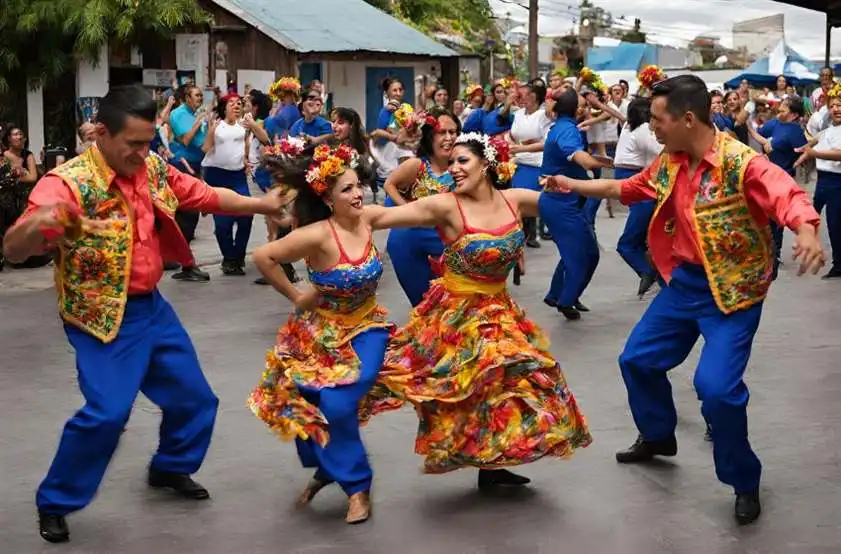
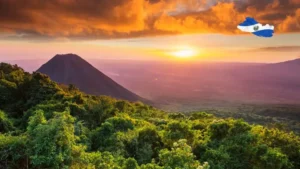
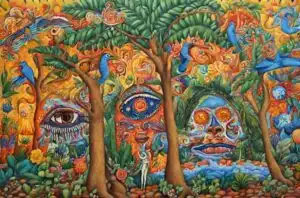
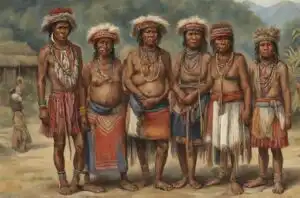
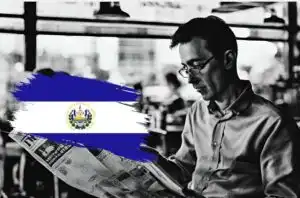
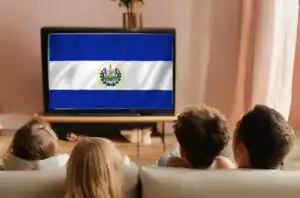
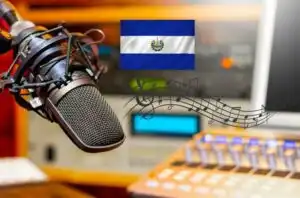
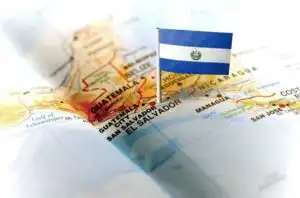
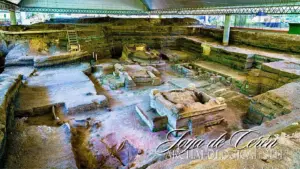

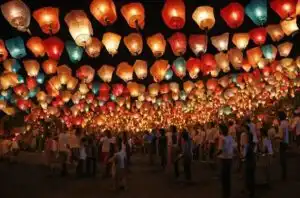
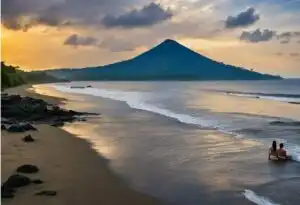
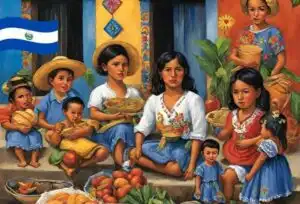
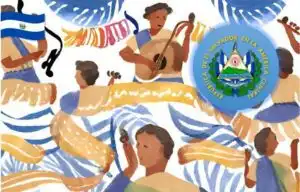
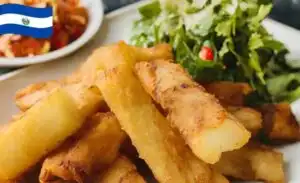
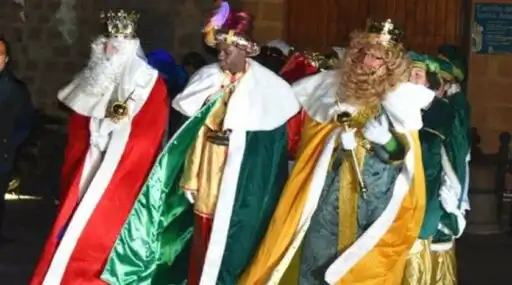

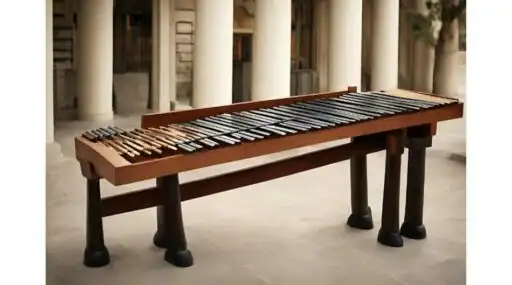

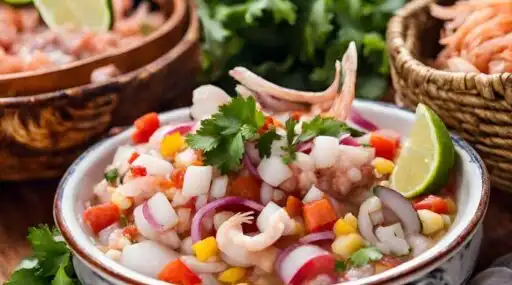
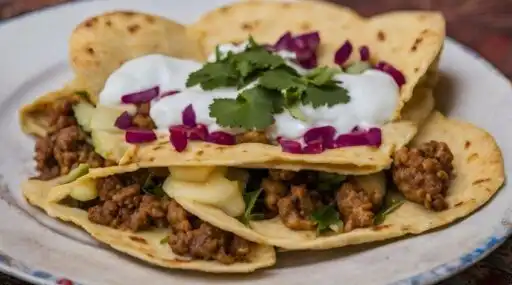
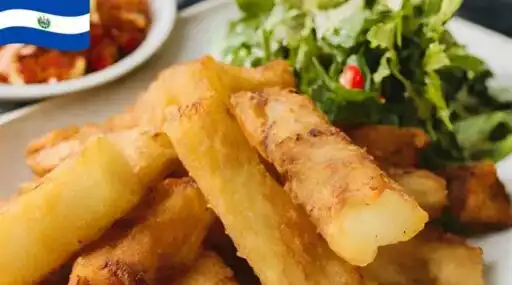
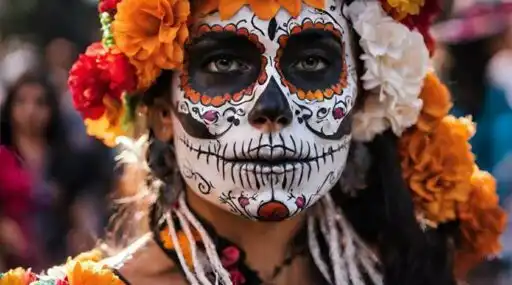
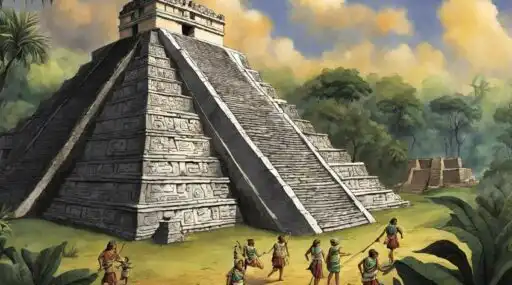
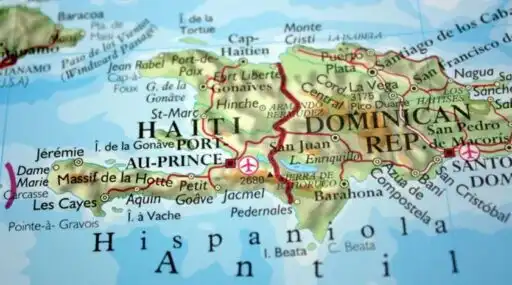
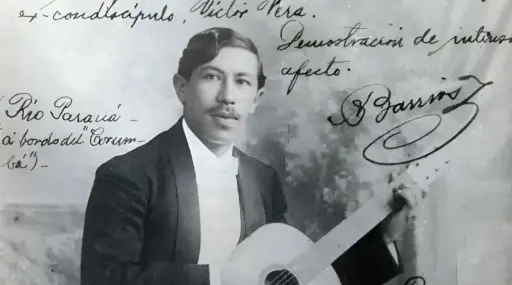
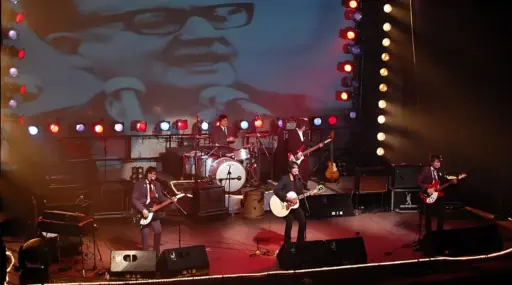
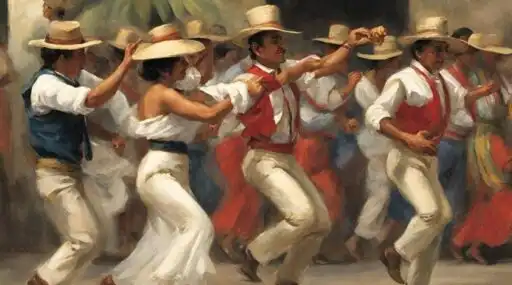
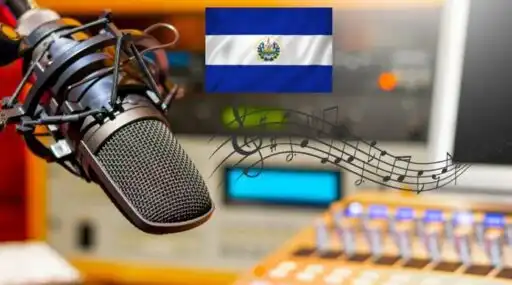
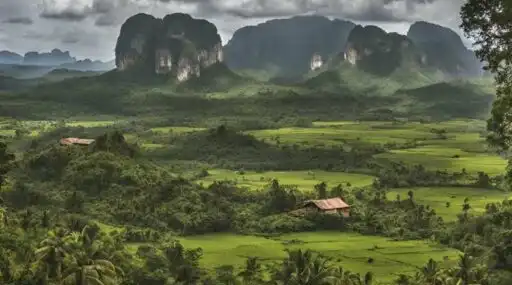
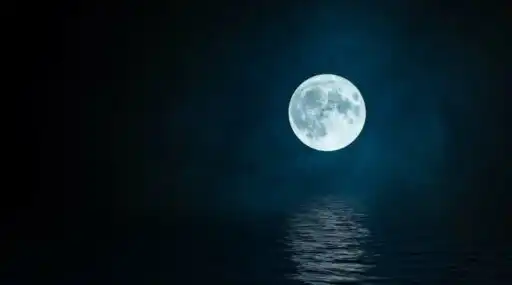
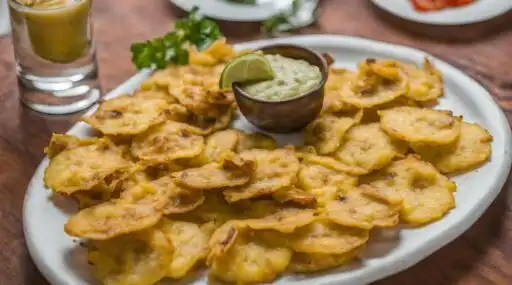
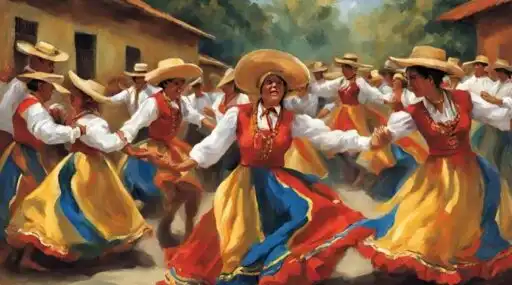
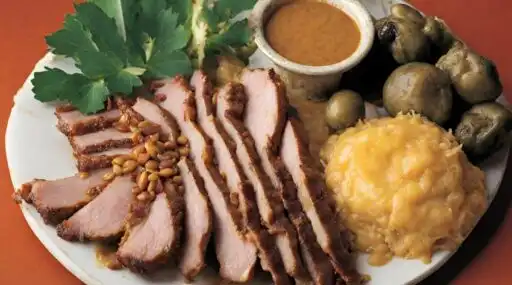
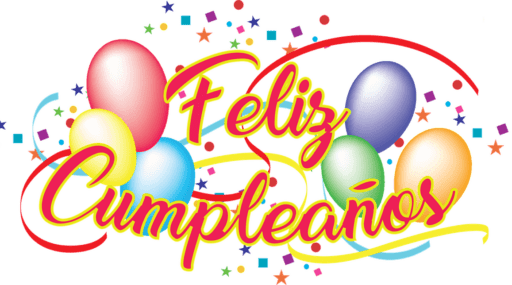
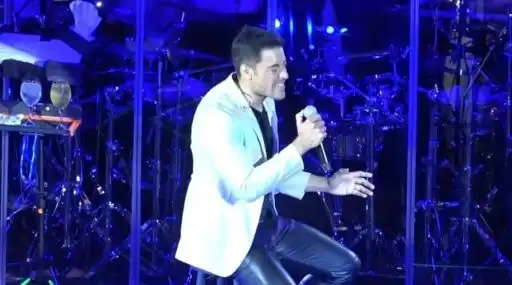
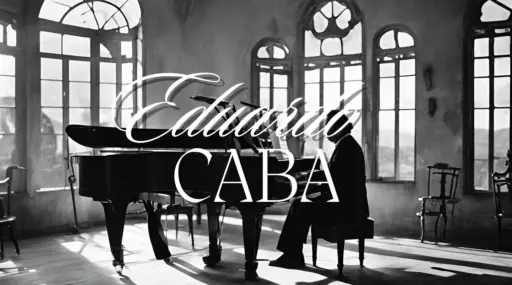
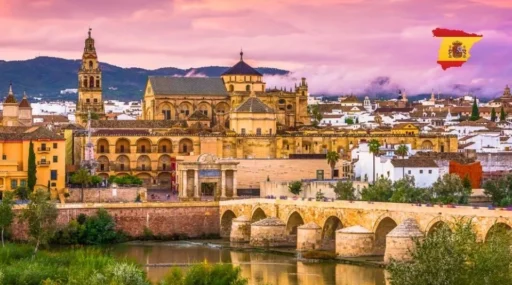
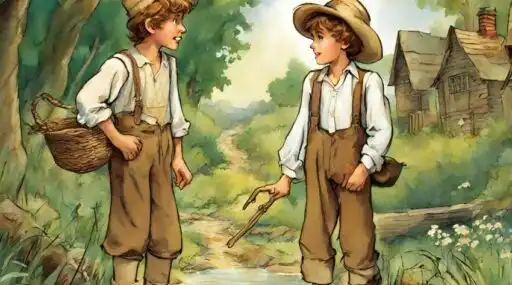
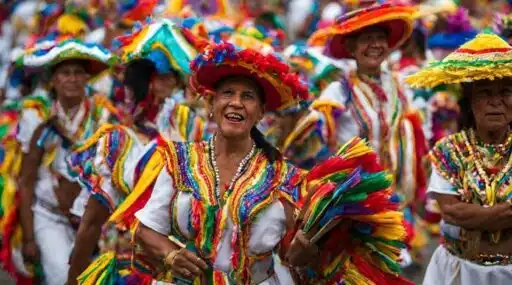
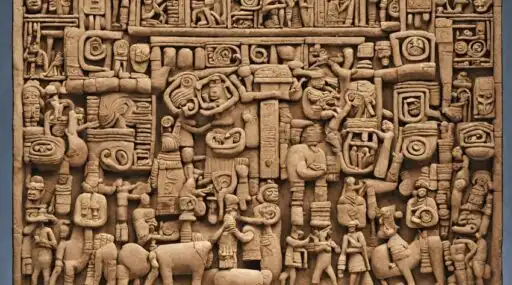
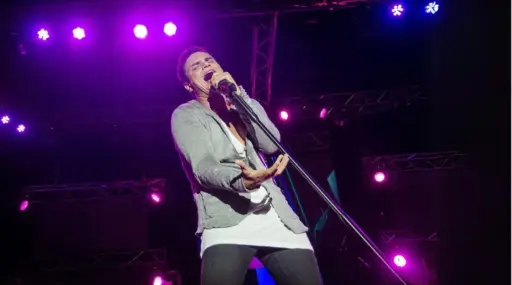
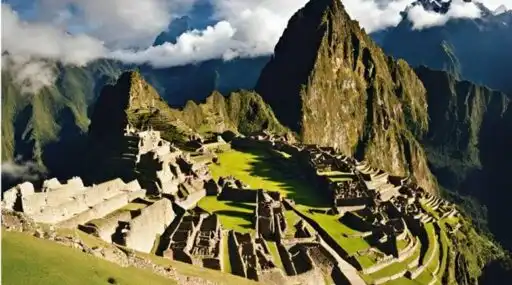
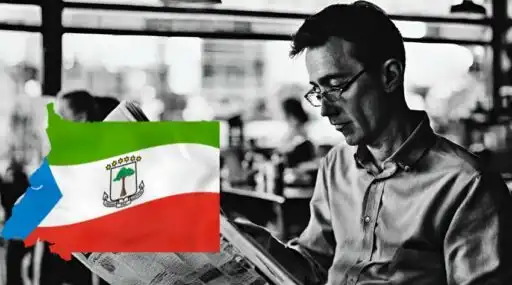
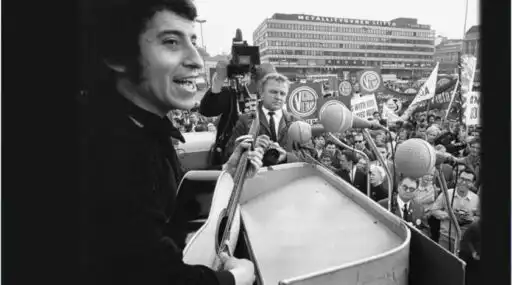
Leave a Reply